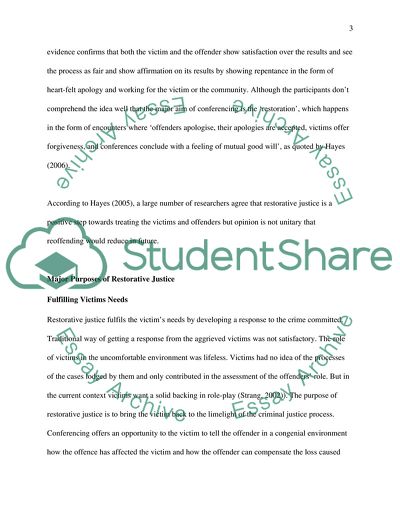Cite this document
(Australian Criminal Justice System - Negative Impact of Restorative Ju Essay, n.d.)
Australian Criminal Justice System - Negative Impact of Restorative Ju Essay. Retrieved from https://studentshare.org/law/1731838-australian-criminal-justice-system
Australian Criminal Justice System - Negative Impact of Restorative Ju Essay. Retrieved from https://studentshare.org/law/1731838-australian-criminal-justice-system
(Australian Criminal Justice System - Negative Impact of Restorative Ju Essay)
Australian Criminal Justice System - Negative Impact of Restorative Ju Essay. https://studentshare.org/law/1731838-australian-criminal-justice-system.
Australian Criminal Justice System - Negative Impact of Restorative Ju Essay. https://studentshare.org/law/1731838-australian-criminal-justice-system.
“Australian Criminal Justice System - Negative Impact of Restorative Ju Essay”. https://studentshare.org/law/1731838-australian-criminal-justice-system.


